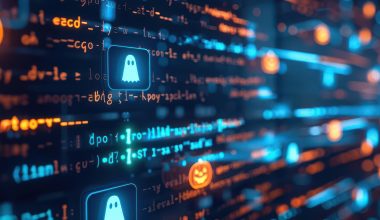As ransomware attacks continue to rise beyond totals reported at the beginning of the pandemic, it is clear that cybersecurity measures are growing increasingly more important. The move to remote work environments has been one of the driving factors for the increase of ransomware related cyber-attacks. Pairing this massive workplace shift with any previously existing vulnerabilities found in the digital footprint of local governments has spawned lucrative opportunities for cyber criminals. Regardless of size, local governments have a target fixed on their operations that ransomware driven exploits are attracted to.
The good news is that there are effective ways to protect your critical data against ransomware attacks.
Here are some of our tips to help heighten your resilience against ransomware:
- Conduct a security risk assessment. Understand potential security threats (e.g., downtime from ransomware) and the impact they may have on your operations. These impacts can range from lost revenue, unplanned expenses, and denial of citizen services. Having an understanding of these types of threats is valuable information that can be used to shape a security strategy that meets your specific needs. The risk assessment will expose aging hardware, end-of-life operating systems, poor password policies, open port risks, and the need for more sophisticated backup, continuity, or anti-virus software solutions.
- Train your employees. Because cybersecurity threats are constantly evolving, an ongoing training plan should be implemented for all employees. Training should include examples of threats, as well as instruction on security best practices. Examples include cautionary practices such as not leaving sensitive information on your desk, not storing passwords or login information on physical notes, and simulations to help recognize phishing emails.
- Protect your network and devices. Implement a password policy that requires strong credentials and monitor your employee accounts for breaches of intel through dark web monitoring. Deploying a firewall, VPN, and anti-virus technologies are an effective way to ensure your network and endpoints are not vulnerable to attacks. Implementing mandatory multi-factor authentication is also a highly effective protection method. Lastly, it is critical to take steps to encrypt hard drives containing personally identifiable information (PII).
- Keep software up to date. Be vigilant about patch management. Cyber criminals exploit software vulnerabilities using a variety of tactics to gain access to computers and data. Edmunds GovTech can automate this for local governments using a remote monitoring and management tool.
- Create straightforward cybersecurity policies. Write and distribute a clear set of rules and instructions on cybersecurity practices for employees. This will vary from government to government, but it may include policies on social media use, personal devices, authentication requirements, and more.
- Back up your data. Daily, or more frequent backups should be highly considered to help recover from data corruption or loss resulting from security breaches. Consider using a data protection tool that takes incremental backups of data periodically throughout the day to prevent data loss.
- Enable uptime. Choose a powerful data protection solution that enables “instant recovery” of data and applications. Customers who have business continuity disaster recovery (BCDR) plans in place are less likely to experience significant downtime from ransomware and have the ability to get back up and running quickly.
- Control access to computers. Strategize your efforts from the outside-in to protect your organization’s computers. Beginning outside, implement the use of key cards or similar security measures to control access to facilities. In the office, ensure that employees use strong passwords for laptops and desktops with 2-Factor Authentication. Programing PC’s with administrative privileges should only be given to trusted staff.
In the world of cybersecurity, the best defense is a good offense. Being proactive and developing a multi-layered cybersecurity strategy creates a formidable defense that can save an organization. Hopefully these tips will help you put your strategy against ransomware into action.
If you are interested in learning about how our Managed IT Services can assist you with cybersecurity solutions for your local government, contact us to schedule your free cyber assessment.



